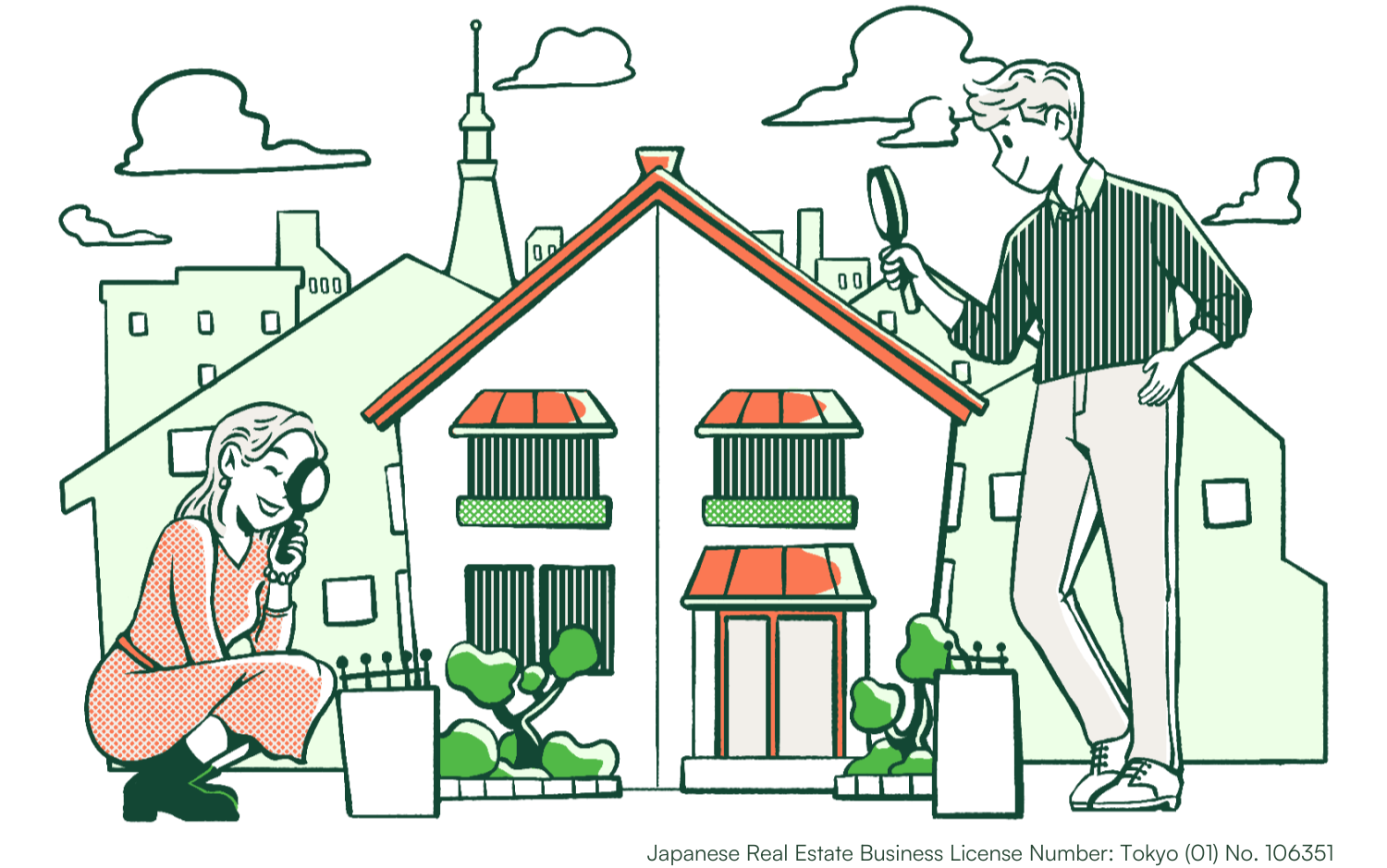Invest with Intention
Gain exclusive access to Japan’s hidden real estate.

Japan’s best investment opportunities are often off-market.

Access over 100 real estate networks nationwide for exclusive finds.













































